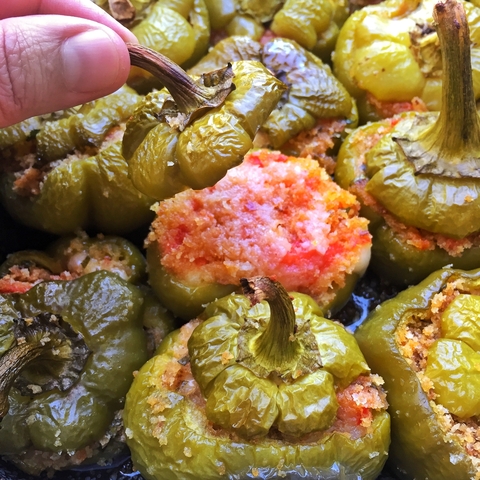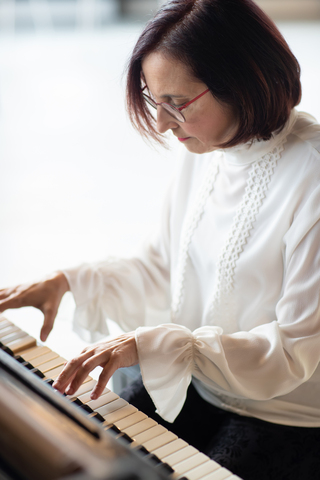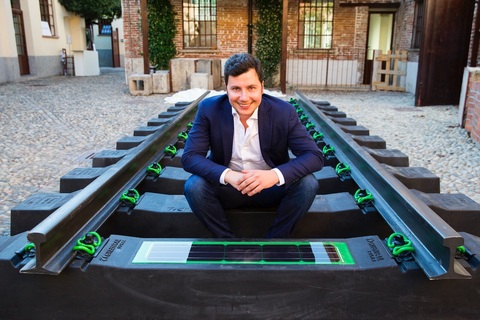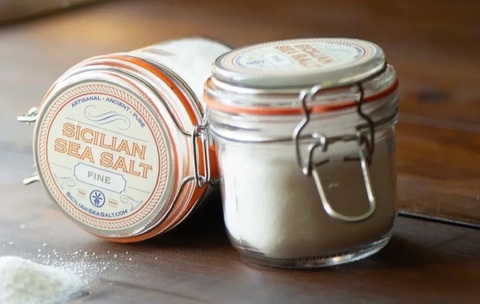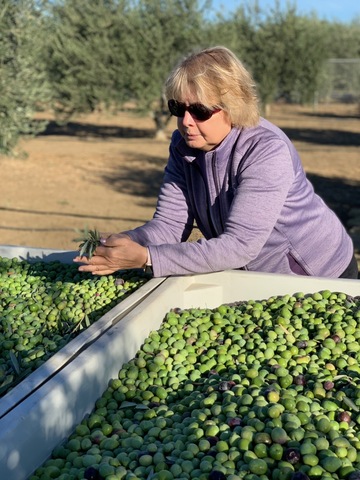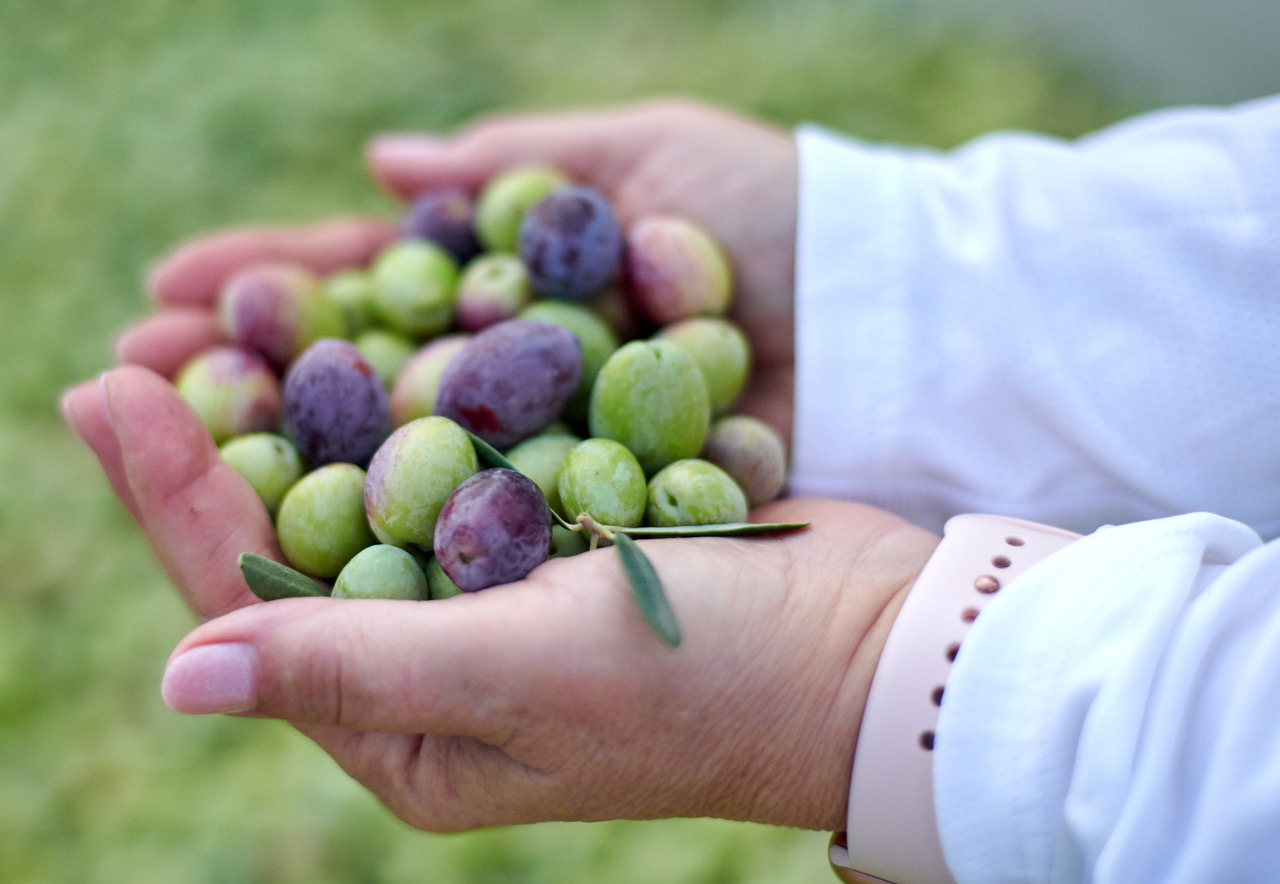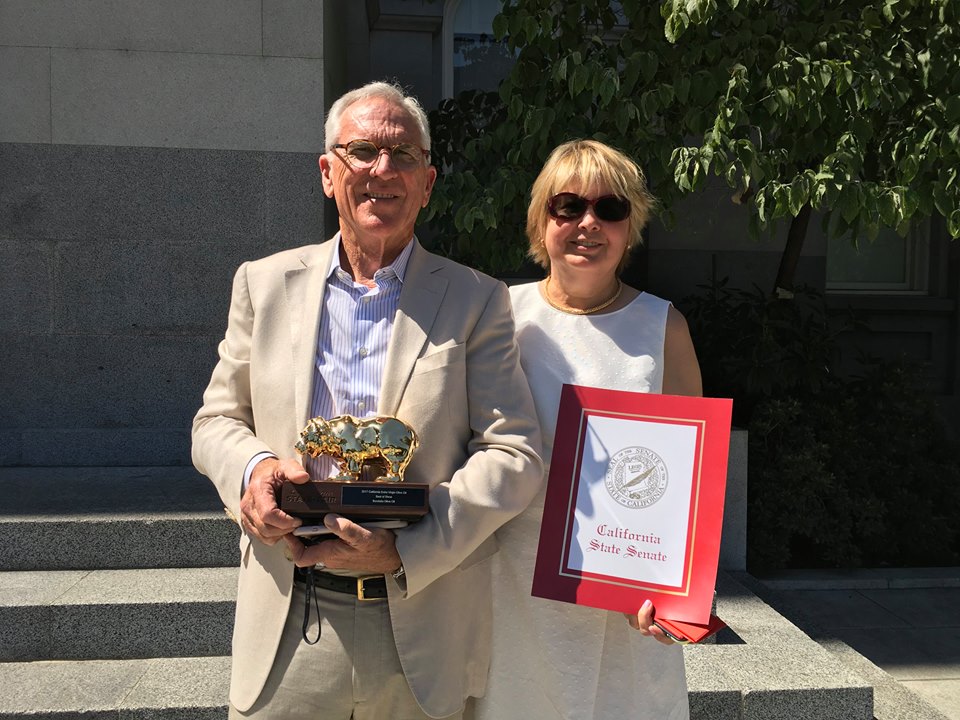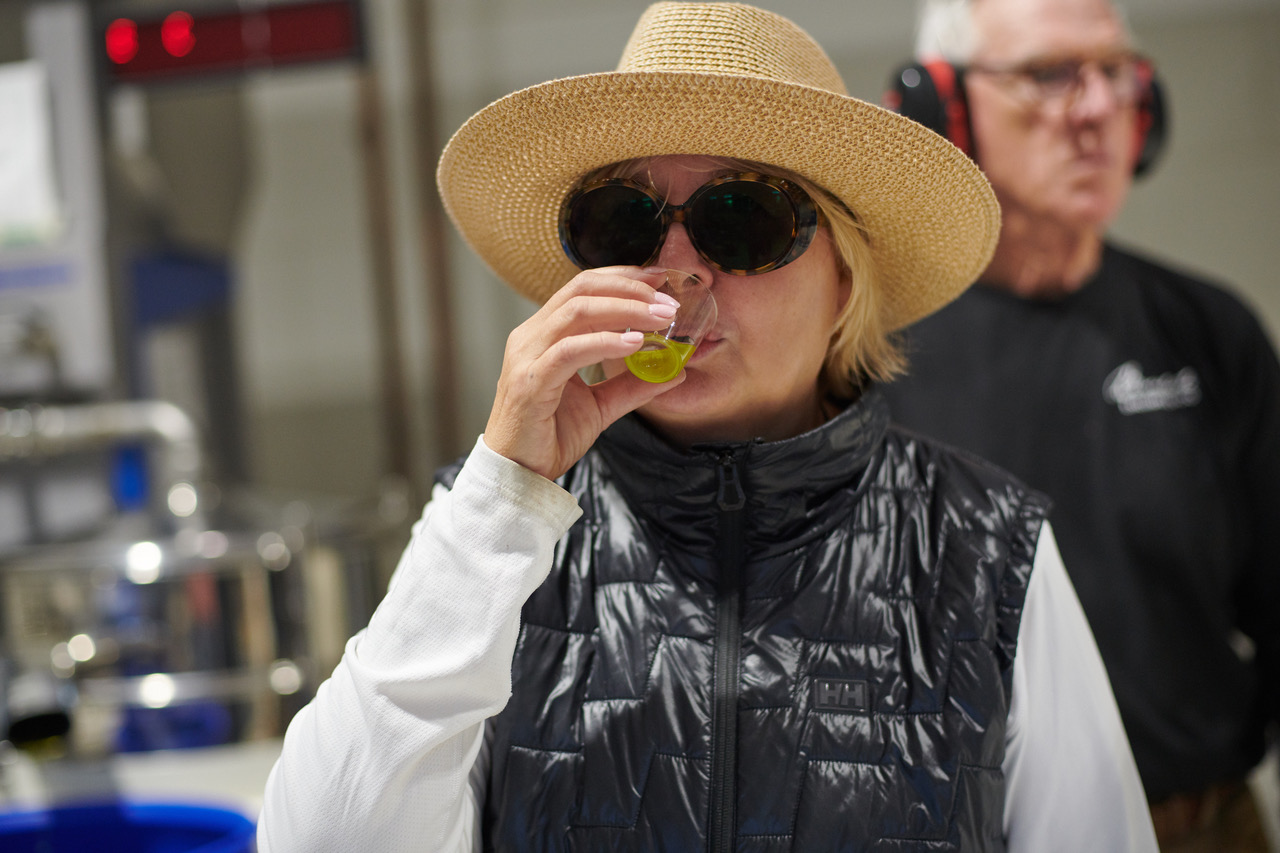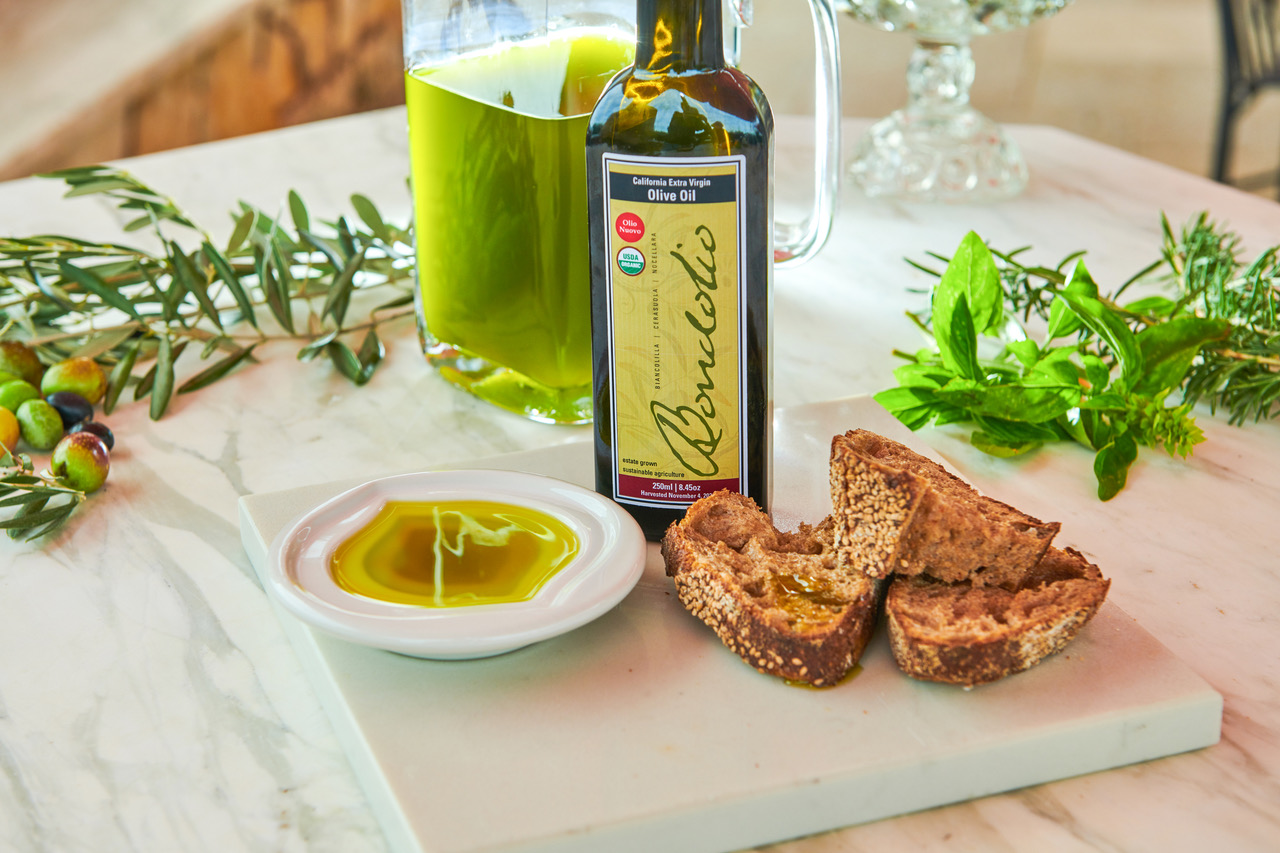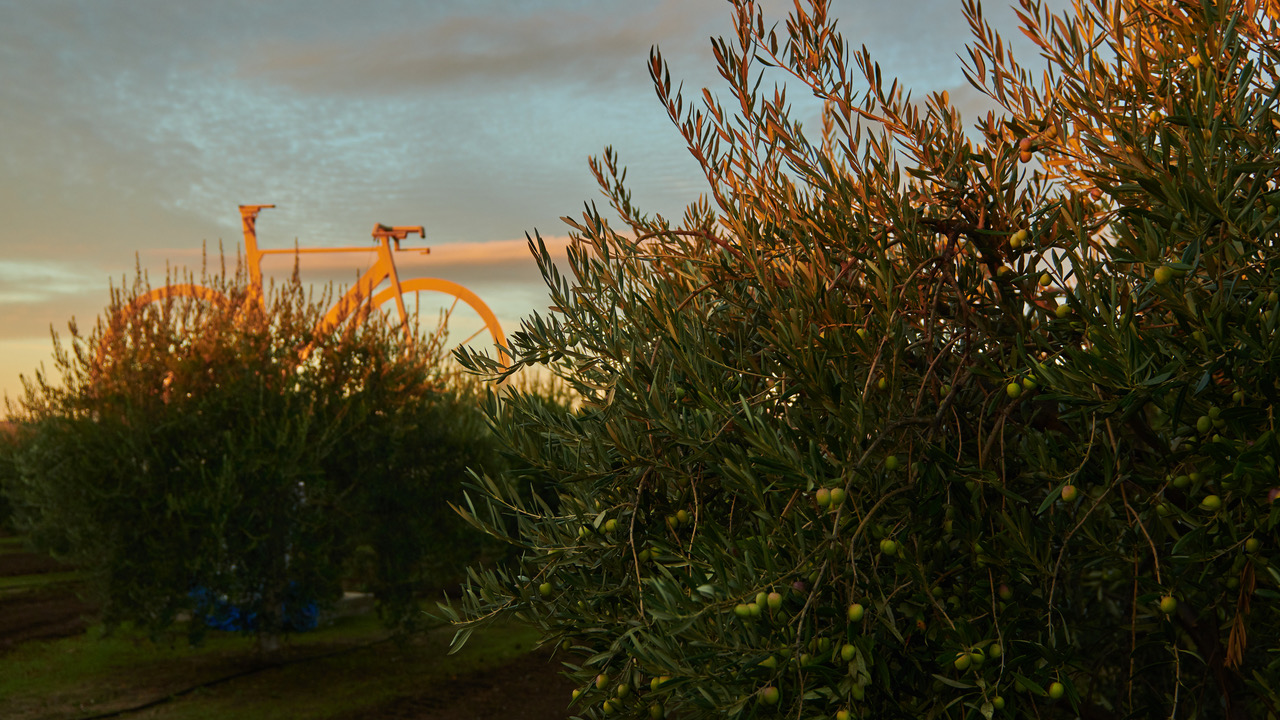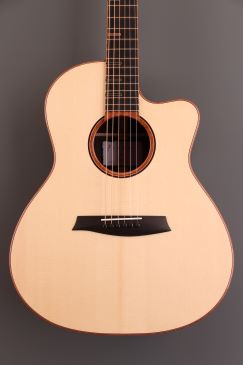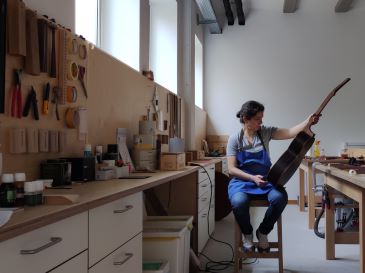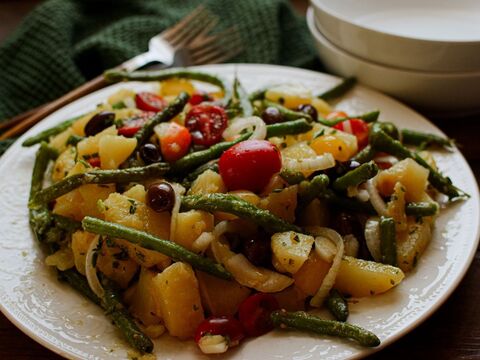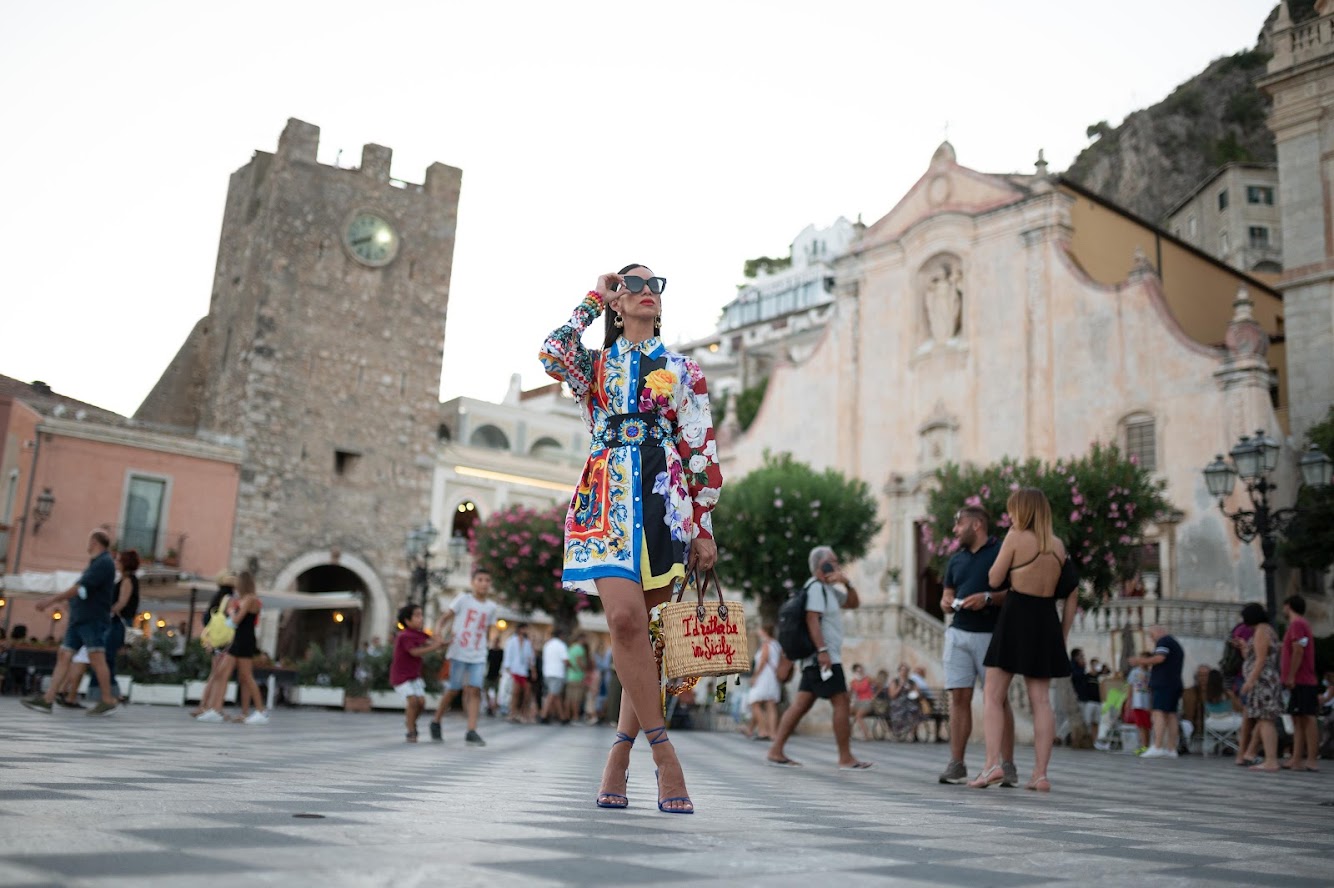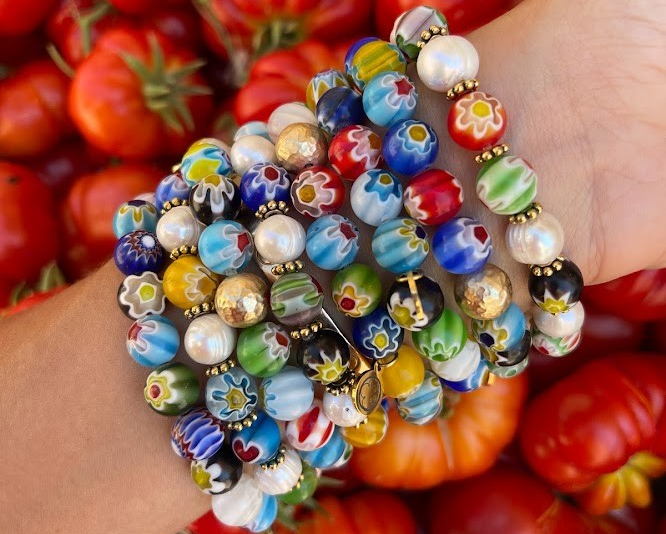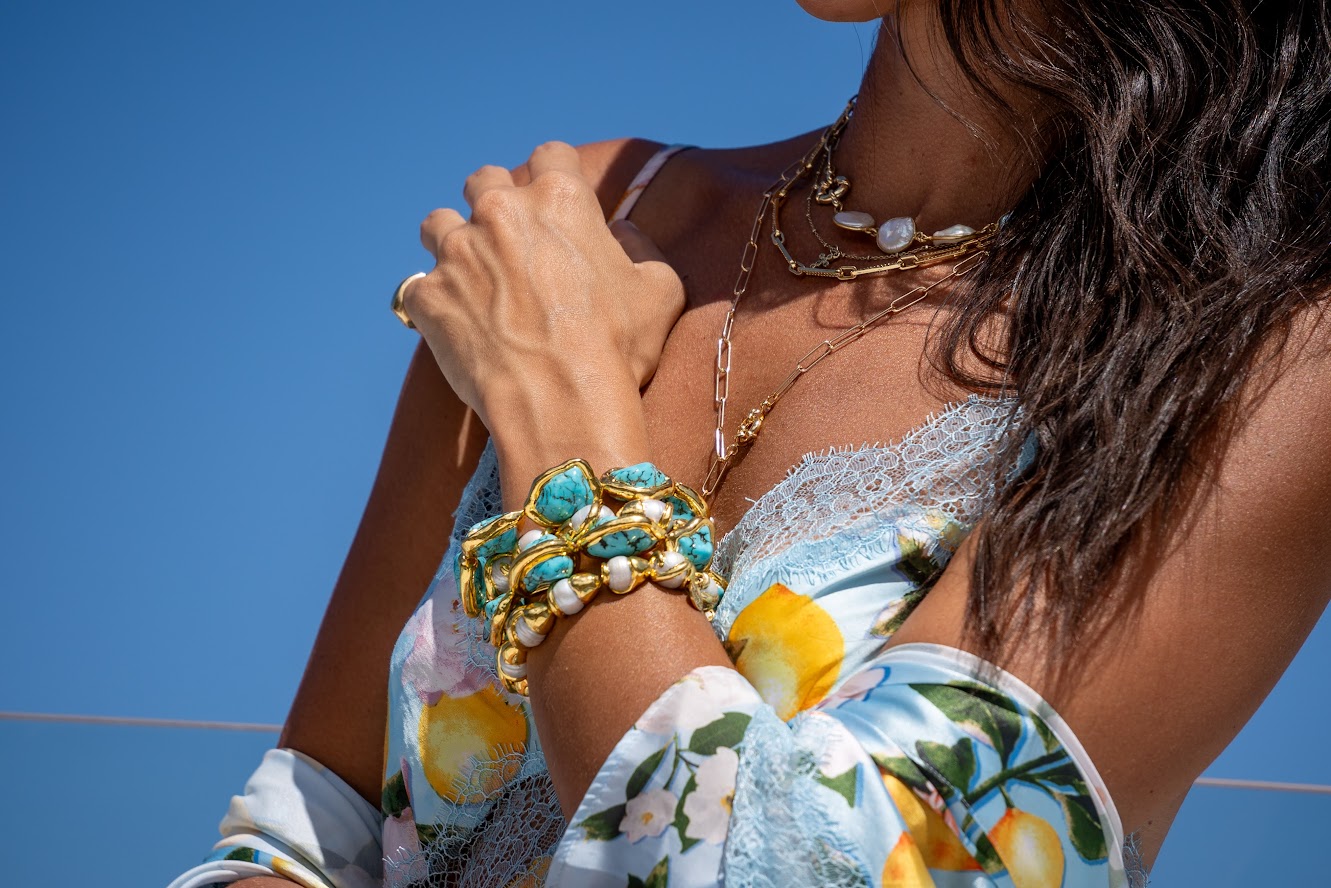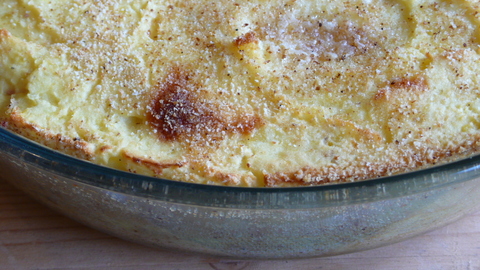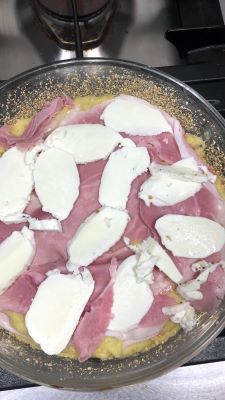How Pasta Grammar Connects History, Tradition, and Taste
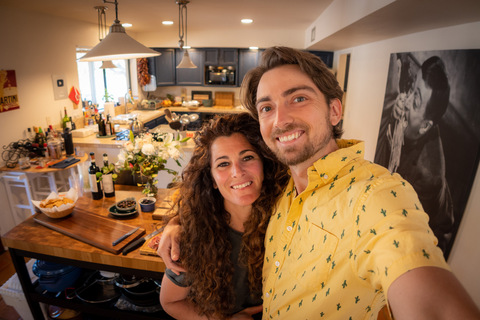
Harper Alexander had little experience with Italian food before traveling to Italy and meeting his wife Eva Santaguida, who is from Calabria. But today, as co-founder of the Pasta Grammar YouTube channel and co-author of The Italian Family Kitchen: Authentic Recipes That Celebrate Homestyle Italian Cooking, he’s doing his part to educate the masses about the food and culture that’s inspired him.
I sat down with Harper and Eva to discuss their new cookbook, why and how they started Pasta Grammar, what goes into recipe writing, the biggest misconceptions about Italian food, which Sicilian recipe is their favorite, and more.
How and why did you start Pasta Grammar?
Harper: We started shortly after we got married and right as COVID hit. It was one of those COVID hobbies that a lot of people did during the pandemic when they weren’t working.
I’d been to Italy a few times to visit Eva when we were dating, but food wasn’t something I deeply cared about or knew very much about. And so, at first, I made these videos joking around with her because she was new to America and getting her reactions to American food, whether it’s Domino’s Pizza or the prices at Whole Foods, whatever. At the end of every video, Eva would cook to show how she would do things. And more and more people started asking for recipes. As we did more of these videos, I realized something I didn’t even know when I married her: “Oh, you’re a really amazing cook, and Italian food is very different from what I thought.” and “I really like it, and I want to know more about it.”
For me, it was an evolution of not really understanding what I had at home, which was a very talented cook and discovering this whole world of Italian food.

Behind the scenes of a Pasta Grammar video.

What goes into writing your recipes?
Harper: As the native English speaker, it is always kind of a fun challenge because part of my job is translating what Eva does, which is a very home-cooked Italian style. Nobody measures anything. You ask any Italian cook how much cheese they use. And they’ll look at you. You’re absolutely crazy for even asking such a silly question. But of course, when you publish recipes for people unfamiliar with that kind of food or write a cookbook, you have to translate something she does intuitively into a recipe. So we work very closely together when we’re developing recipes. And so obviously, she’s doing the cooking and coming up with the food, but then I’m measuring, seeing how much cheese she actually used, and then translating that into a recipe.
Eva: This is also very useful because if I write the recipe, I write from my point of view, whereas Harper’s recipes are very detail-oriented. He writes for every kind of home cook.
What are common misconceptions about Italian cooking?
Eva: What I discovered coming here is that people think we love garlic. Yes, we do love garlic in Italy, but we don’t love garlic as much as Americans think. In Italian food, the taste of garlic is very, very mild. Even if we cook with a lot of garlic, we usually remove it or let it cook for such a long time that it becomes completely delicate.
Harper: Another big misconception that a lot of people have is that Italian food even exists because Italy is so regionalized. When people visit Italy, they think, “I’m in Italy. I am going to get good pizza at every restaurant.”
You sometimes need to go to a specific town to get a dish made properly. Don’t go to Sicily and order a carbonara. It’s not the place for that.
Our second-highest viewership on our channel is Italians. They watch the channel to learn about food in other regions they don’t even know about. Someone from Naples might not even know what they eat in Milan. So, a lot of people need to disabuse themselves of the idea that there is Italian food.
Which kitchen skill should everyone master?
Eva: The first thing people should understand is that you need to put salt in the food and taste it. You need to taste everything you cook to understand if you made a mistake and if it actually needs more salt or spices.
Harper: Unless it’s a very specific baking thing where you kind of need some specific chemistry, we never give an amount of salt to any recipe. It’s always to taste because that’s a really important skill. When you see a recipe that says “a half teaspoon of salt,” it is like, “Well, what kind of salt are you using? Some salts are saltier than others. Are you using professional Diamond Crystal salt?”
One of our biggest pet peeves is recipes that give specific salt measurements. You really need to learn from every step. Also, with pasta, people are used to following the package instructions, where you just put a pinch of salt into the water. But people don’t understand that you need to actually taste the pasta while it’s boiling and make sure that it’s properly salted even before you incorporate it into the sauce. So, we put all of that in the cookbook because I know, as someone who knew nothing about cooking before I met Eva, my approach to salt was always, “I just have to put a pinch of salt in my dish. It’s just a mandatory thing.” But I never tasted it and never added nearly enough to make the ingredients really stand out.
You feature several Sicilian recipes in your cookbook. Which is your favorite?
Eva: One of my favorite recipes in the cookbook is pasta alla Norma.
Harper: Pasta alla Norma probably takes the cake because we consider it to be the perfect pasta dish. When we talk privately about trying a new pasta, our conversation always ends with, “Well, it was good, but is it pasta alla Norma good?” On an objective level, it’s just kind of the perfect pasta, and that’s why it’s actually on the cover of the book.
It is just the balance of flavors. It’s a tomato sauce in which you incorporate some of the oil you use to cook the eggplant. The combination of eggplant, tomatoes, ricotta salata (dried grated ricotta), basil, and olive oil just sums up that southern Italian flavor.
Why is incorporating the historical and cultural context of recipes important to you?
Eva: This is very important because if you understand the history of a dish, you can appreciate the dish by itself. A lot of people think that we Italians don’t like to change our recipes. That’s not true because what we have today is just the evolution of what we’ve discovered through tradition.
So knowing why, for example, they use these ingredients more than others makes sense in the dish. For example, the food of Venice: In the Veneto region, they use a lot of spices like cinnamon and cloves. Venice was one of the main cities during the medieval age that had the availability of all these spices. So they started to use them, and what we have now are spiced dishes that you don’t have in other regions. Knowing the history gives the food a new meaning.
Harper: I have a dish that is tremendously important to me, which is just a really crappy grilled cheese on white bread, like Kraft American cheese dipped in Campbell’s tomato soup. It’s not that the food is particularly good, but it brings back memories that I had as a kid out in the snow in Maine. You would come back in from the cold and have this hot grilled cheese and tomato soup. So, the story informs how we eat and changes how the food tastes. I don’t think food is ever objective. Those stories matter a lot.
You introduce people to experiences on tours. Tell us about them.
Harper: We do a couple of different tours. The one we started doing years ago is a more traditional tour through Southern Italy. We start in Naples and go all the way down through Calabria and into Sicily. What makes it unusual is that we wanted to make a tour that took people off the beaten touristy track. I’d actually visited Italy before I met Eva, so I thought I had the place figured out.
But then, when I started traveling with a local, she would take me to the places she wanted to go, and it was a completely different experience. So when we started that tour, the idea was to share a lot of those experiences that most tourists would never have, but in a way where it was accessible to someone who doesn’t speak the language and doesn’t even know about these places or foods to try or things to see.
The second one that we do is expanding off of that idea. We do something called the Week in Dasà, which is where a group of people come to Eva’s small village in Calabria and spend a week living there with us. We cook together, we eat together, and we party together Calabria-style. It’s a project that we’re really proud of, something that’s very unusual. People come to a place where there’s never been any tourism, and they get the real deal of what it’s like living in a small Calabrian village.
What experience do you hope people take away from Pasta Grammar?
Eva: What I see right now is that a lot of people treat food like something just to put in the stomach. It doesn’t matter where you are or where you are eating. This is very bad because it’s a moment that you need to use to take care of yourself and of the people that you actually love. So I hope they understand spending more time in the kitchen is a very important time of your life.
Harper: I went from being someone used to convenience food culture where I would say, “I’m busy. I’ll just grab a sandwich or get takeout.” And now I’ve gotten to the point where I can’t imagine not spending time every night cooking food and eating together. It’s something that is very important. And I didn’t realize how important it was, and now I can’t imagine going back.
If you enjoyed this article, consider subscribing to my newsletter for more content and updates!
